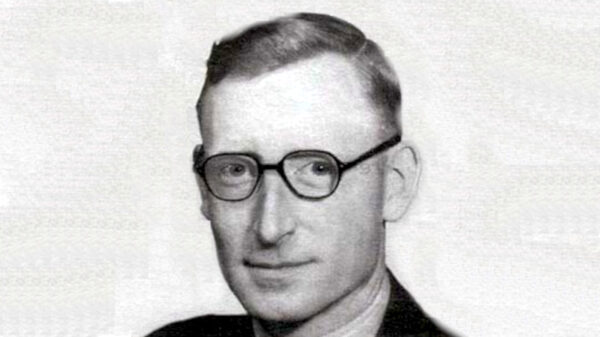Recent advancements in quantum computing have introduced a groundbreaking magnetic technique that promises to enhance the stability and efficiency of quantum systems. This new approach aims to address significant challenges such as decoherence and error rates, which have long hindered the full potential of quantum technology. As researchers explore this innovative method, the implications for computing capabilities, particularly in optimization and cryptography, are becoming increasingly apparent.
Understanding the Challenges of Quantum Computing
At the core of quantum computing is the concept of qubits, which differ fundamentally from classical bits. While classical bits can represent either a 0 or a 1, qubits can exist in multiple states simultaneously, a phenomenon known as superposition. Additionally, qubits can be entangled, meaning they are correlated regardless of the distance separating them. This unique property enables parallel processing on an unprecedented scale.
Despite these advantages, quantum systems face challenges primarily due to decoherence, which leads qubits to lose their quantum state, undermining their computational superiority. Researchers have been actively seeking breakthroughs to overcome these obstacles and unlock the full capabilities of quantum computing.
Introducing the Magnetic Technique
The recent focus on a magnetic technique allows for enhanced control over qubits through the application of tailored magnetic fields. This method is still under investigation, but early results indicate it could significantly improve coherence times and reduce error rates. Such advancements are essential for executing quantum gates, the fundamental components of quantum algorithms, with high precision.
One of the most promising aspects of this magnetic approach is its potential to simplify the scalability of quantum systems. Traditional methods, which often rely on superconducting circuits or trapped ions, encounter difficulties in scaling up to the necessary thousands or millions of qubits for practical applications. By reducing the complexity of qubit interactions, magnetic techniques could facilitate the development of larger and more sophisticated quantum processors.
Another advantage of this magnetic technique is its potential to alter temperature requirements for quantum computing. Currently, operating these systems at extremely low temperatures is critical to minimize thermal noise, necessitating expensive cooling systems. Researchers are exploring how magnetic fields can stabilize qubits at higher thermal regimes, which may lead to quantum computers that can function effectively in standard room-temperature environments.
Broader Implications for Quantum Algorithms
The influence of the magnetic technique extends to quantum algorithms, particularly in areas like optimization, cryptography, and material science simulations. Enhanced error rates and increased coherence can enable quantum algorithms to perform calculations much faster than classical computers. For instance, breakthroughs in understanding complex molecular interactions—crucial for drug discovery—could expedite the development of more effective treatments.
Moreover, advancements in cryptography through this method could lead to unbreakable codes, significantly enhancing the security of sensitive information in sectors such as finance and national security. As the applications for this technique grow, the potential for quantum computing to revolutionize various industries becomes increasingly tangible.
The future of this magnetic technique hinges on collaboration among physicists, engineers, and computer scientists. While initial findings are promising, further experimental validation and optimization are required to realize its full potential. This technique is not just a technical innovation; it represents a shift in how researchers conceptualize qubit control and scalability.
As the field of quantum computing continues to evolve, the magnetic technique could become a cornerstone of future developments. With its ability to improve qubit control, enhance scalability, and reduce error rates, the journey towards practical quantum computing solutions appears more achievable than ever.
In summary, the introduction of the magnetic technique marks a pivotal moment in the evolution of quantum computing. Its capacity to enhance various aspects of quantum systems suggests a future where quantum technology could play a crucial role in solving complex problems across multiple sectors. The potential impact of this innovation is as vast as the quantum realm itself, signaling an exciting era of advancements in technology.





































































